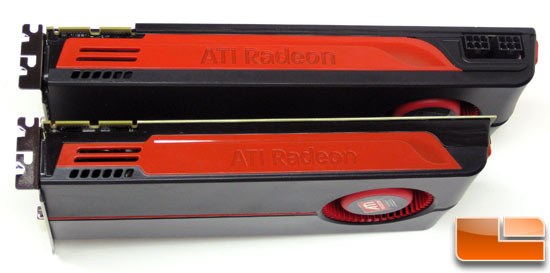Final Thoughts and Conclusions
This article proves you can easily pair a Radeon HD 5870 with a Radeon HD 5850 and run themtogether in mixed CrossFire for improved gaming performance over a single card solution. That in itself is a small victory and a nice feature to have if you have a chance to mix and match cards like this for a performance upgrade down the road.

One thing that shocked me was that the CrossFire gaming performance of a Radeon HD 5870 + 5850 was lower than that of a pair of Radeon HD 5850 video cards in CrossFire in all of our testing with the exception of one game. I would assume it is because the higher capacity card (the Radeon HD 5870) gets brought down to the lower one (the Raeon HD 5850) plus some overhead. This basically goes to show that while mixing and matching video cards to run CrossFire works for better performance it isn't the route to take for peak performance. If you want the most from a CrossFire configuration it is clear that you should pair two identical cards together. Just to be sure of this I contacted ATI and got a chance to speak with Dave Gotwalt ???Crossfire Architect.
"The percentage is very small and the difference is likely do to the additional overhead of having unbalanced cards." - Dave Gotwalt
It will be interesting to see how the Lucid HYRDA 200 GPU load balancing solution does compared to this when mixing and matching cards like this when it comes out later next week. Multi-GPU technology has been around for years and only appears to be getting better no matter how you look at it. If you happen to find a deal on a graphics card that is in the same family as the one you have (5870+5850 or 5770+5750) you can easily and safely pair them together for improved performance as you saw here today.
Legit Bottom Line: Mixed CrossFire with Radeon HD 5870 and 5850 graphics cards works, but isn't the ideal combination for those wanting the most Frames Per Second.

Questions or Comments? View this thread in our forums!



